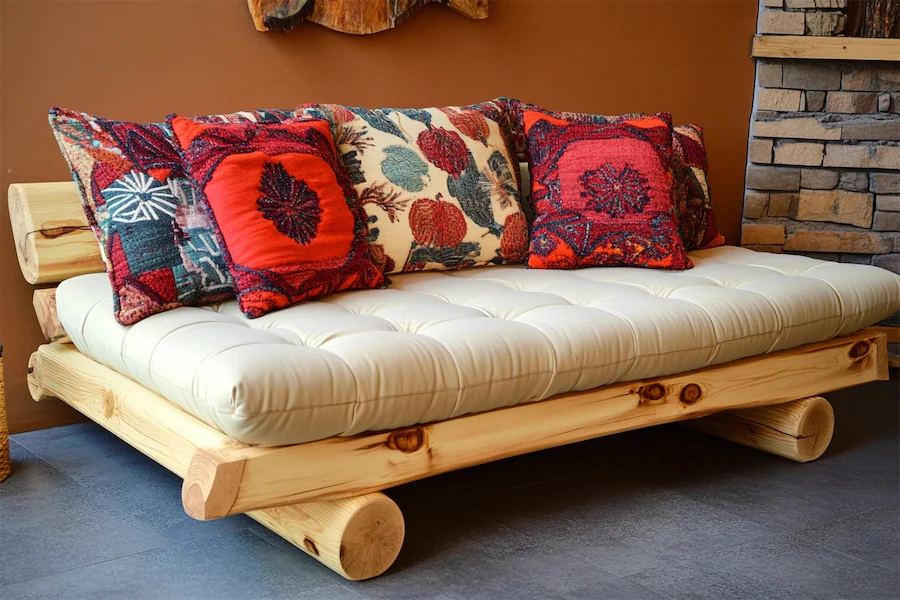A futon sofa is a versatile piece of furniture that functions both as a seating area and a sleeping surface, making it ideal for maximizing space in various living environments.
History and Origins of Futon Sofas
The futon originated in Japan over a thousand years ago as a simple bedding solution comprising a cotton-filled mattress, known as a shikibuton, placed directly on tatami mats. This design emphasized minimalism and space efficiency, allowing the bedding to be easily folded and stored during the day.
In the early 1980s, the futon concept was introduced to Western markets, where it evolved into the futon sofa—a piece that serves as both a couch and a bed. This adaptation typically includes a wooden or metal frame that supports a thicker mattress, reflecting Western preferences for elevated sleeping surfaces and multifunctional furniture.
Key Features of Futon Sofas
- Convertible Design: Futon sofas can be easily transformed from a sofa to a bed, offering flexibility for various uses.
- Frame Materials: Commonly constructed from wood or metal, with wooden frames providing durability and aesthetic appeal, while metal frames offer lightweight portability.
- Mattress Composition: Modern futon mattresses are available in various materials, including cotton, foam, and innerspring, catering to different comfort preferences.
- Space Efficiency: Designed to maximize space, futon sofas are ideal for small apartments, guest rooms, or multifunctional spaces.
Applications of Futon Sofas
- Residential Use: Perfect for small living spaces, studios, or as an additional sleeping option in guest rooms.
- Office Environments: Provides a comfortable seating area that can double as a rest space for employees or clients.
- Student Housing: A practical solution for dormitories or shared apartments, offering both seating and sleeping accommodations.
Considerations When Choosing a Futon Sofa
- Intended Use: Determine whether the futon will be used primarily for seating, sleeping, or both, as this influences the choice of mattress and frame.
- Comfort Level: Test the mattress for adequate support and comfort, especially if it will serve as a primary sleeping surface.
- Material Quality: Select durable materials for both the frame and mattress to ensure longevity and ease of maintenance.
- Aesthetic Compatibility: Choose a design and upholstery that complement your existing décor and personal style.
Conclusion
Futon sofas have seamlessly integrated traditional Japanese design principles with modern functionality, offering a practical and stylish solution for maximizing space in contemporary living environments. Their adaptability and variety of designs make them a valuable addition to any home or office seeking multifunctional furniture options.
